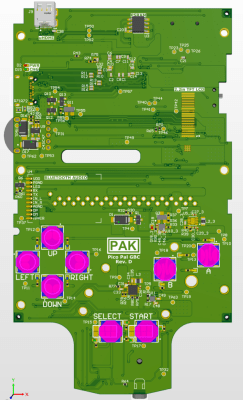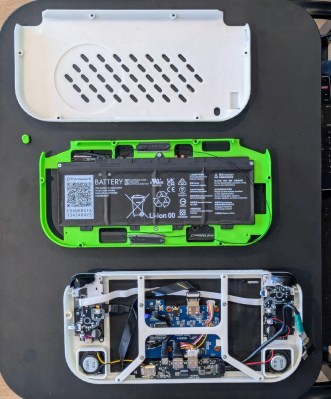The ESP32 series of microcontrollers have been with us for quite a few years now and appeared in both Tensilica and RISC-V variants, both of which deliver an inexpensive and powerful device. It’s thus shown up in quite a few handheld computers, whether they be conference badges or standalone devices, and this is definitely a field in which these chips have more to give. We’re pleased then to see this e-ink PDA from [ashtf8], which we think raises the bar on this type of device.
At its heart is an ESP32-S3, on the back side of a QWERTY keyboard PCB, and for a display it has an e-ink screen. To get over the annoying e-ink refresh when typing text it uses a hybrid of e-ink and OLED, with a small OLED holding the current line which can be periodically sent to the e-ink. Perhaps the nicest thing about the hardware though is the clear resin printed clamshell case, and a hand-cast silicone membrane for the keyboard. That has always been a part considered difficult to produce, and here he is making one from scratch. Take a look at the video below the break.
Software-wise it has a range of apps with more promised, but even as it stands it looks useful enough to work with. If that’s not enough, then perhaps an ESP32 operating system would help.









 In the spirit of
In the spirit of 








